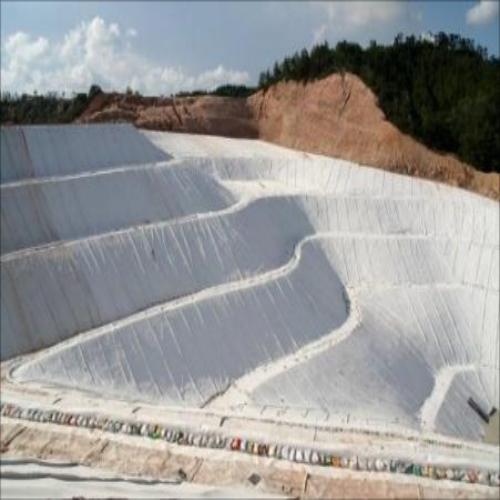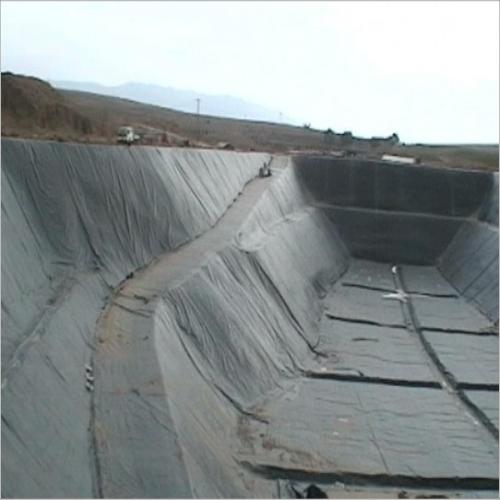Geomembrane, as an efficient and reliable engineering material, is widely used in the field of solid waste landfill. Its unique physical and chemical properties make it an important support in the field of solid waste treatment. This article will conduct an in-depth discussion on the application of geomembrane in solid waste landfill from the aspects of geomembrane characteristics, solid waste landfill needs, application examples, application effects and future development trends of geomembrane in solid waste landfill.
1. Characteristics of geomembrane
Geomembrane, mainly made of high molecular polymer, has excellent waterproof and anti-seepage properties. Its thickness is usually 0.2 mm To 2.0 mm Between, it can be customized according to specific engineering needs. In addition, geomembrane also has good chemical corrosion resistance, aging resistance, wear resistance and other properties, and can maintain stable performance in various harsh environments.
2. Demand for solid waste landfill
With the acceleration of urbanization, the amount of solid waste generated continues to increase, and solid waste treatment has become an urgent problem to be solved. As a common treatment method, solid waste landfill has the advantages of low cost and easy operation, but it also faces problems such as leakage and pollution. Therefore, how to ensure the safety and environmental protection of solid waste landfill has become an important topic in the field of solid waste treatment.
3. Application examples of geomembrane in solid waste landfill
1. Landfill
In landfills, geomembranes are widely used in bottom impervious layer and slope protection layer. By laying the geomembrane on the bottom and slope of the landfill site, the pollution of the surrounding environment by landfill leachate can be effectively prevented. At the same time, the surrounding enclosure in the landfill can be reinforced by means of anti-seepage, water isolation, isolation and anti-filtration, drainage and reinforcement using geomembranes, geoclay mats, geotextiles, geogrid and geodrainage materials.
2. Industrial solid waste landfill
Post time: Dec-10-2024





